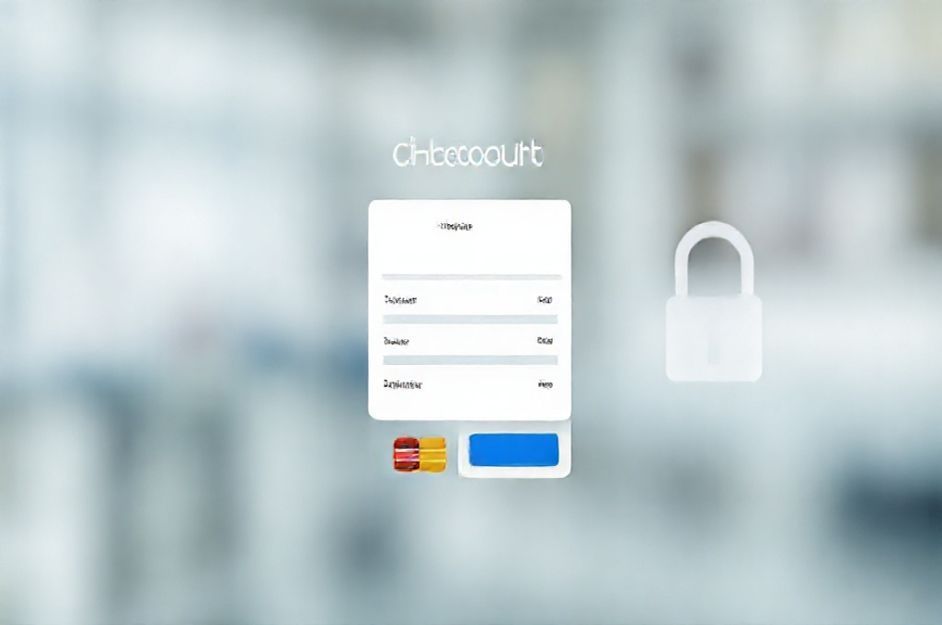Starting an online business requires a solid understanding of payment processing. A merchant account allows you to accept credit and debit card payments directly through your website, acting as a virtual payment gateway. Before applying, ensure your website is fully functional and demonstrates a legitimate business presence, including a registered domain name. The application process can take several days as the provider verifies your information and assesses risk factors like business history, creditworthiness, and business type.
Upon approval, you’ll configure your merchant account software or payment links. Customers can then make purchases through your site, with the provider handling the transactions. You will incur transaction, discount, and monthly statement fees. A reserve might also be required to cover potential fraud-related expenses. If denied a merchant account, third-party processors like PayPal offer an alternative. PayPal allows credit card payments for a fee and typically involves no setup costs, although bank account verification may be necessary.
PayPal can be easily integrated into your website, enabling payments via email. Depending on the plan, you can add a shopping cart or use invoicing templates. PayPal also provides mediation services for customer disputes and utilizes technology to prevent fraudulent transactions. Both merchant accounts and third-party processors enhance your online business by expanding payment options, leading to increased sales and a healthier bottom line.
